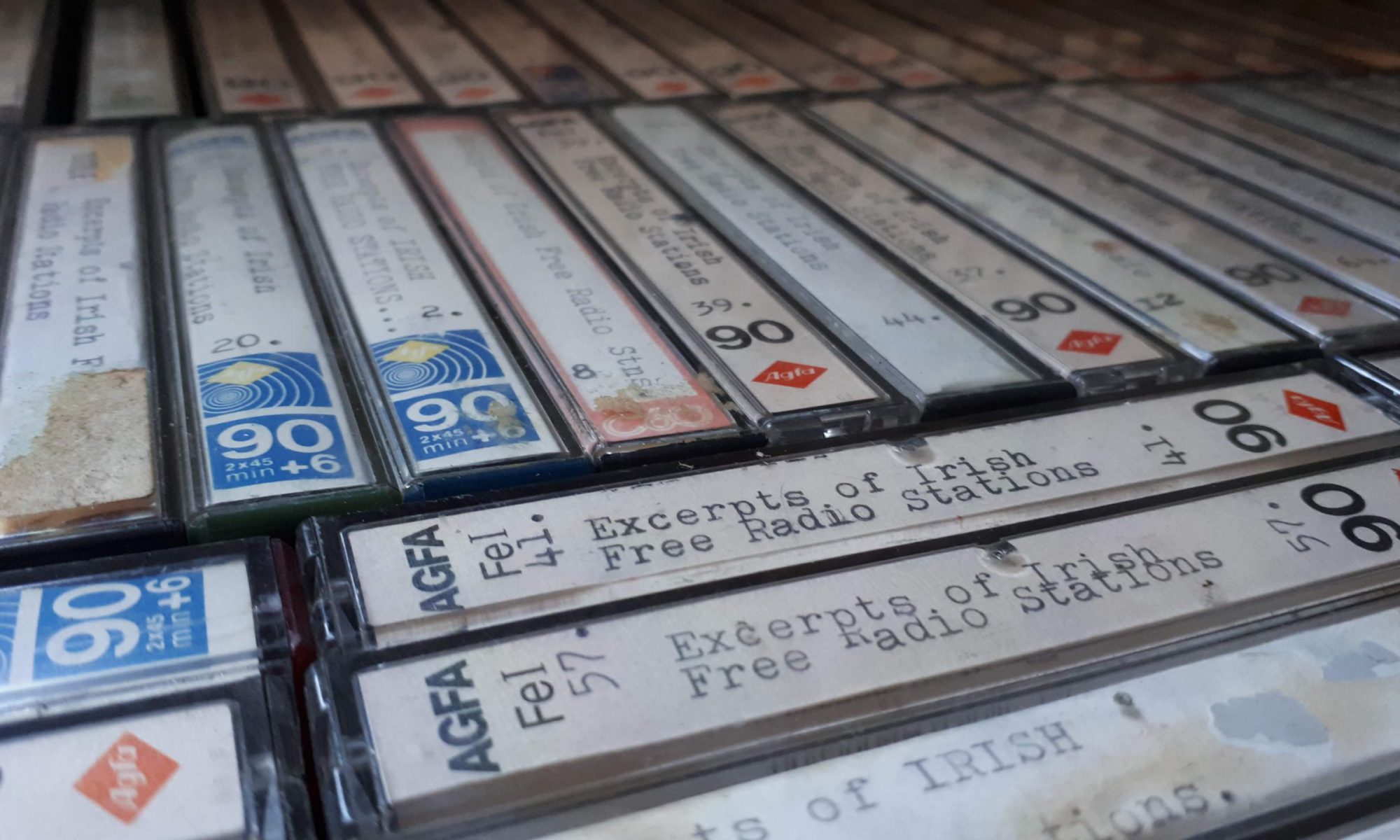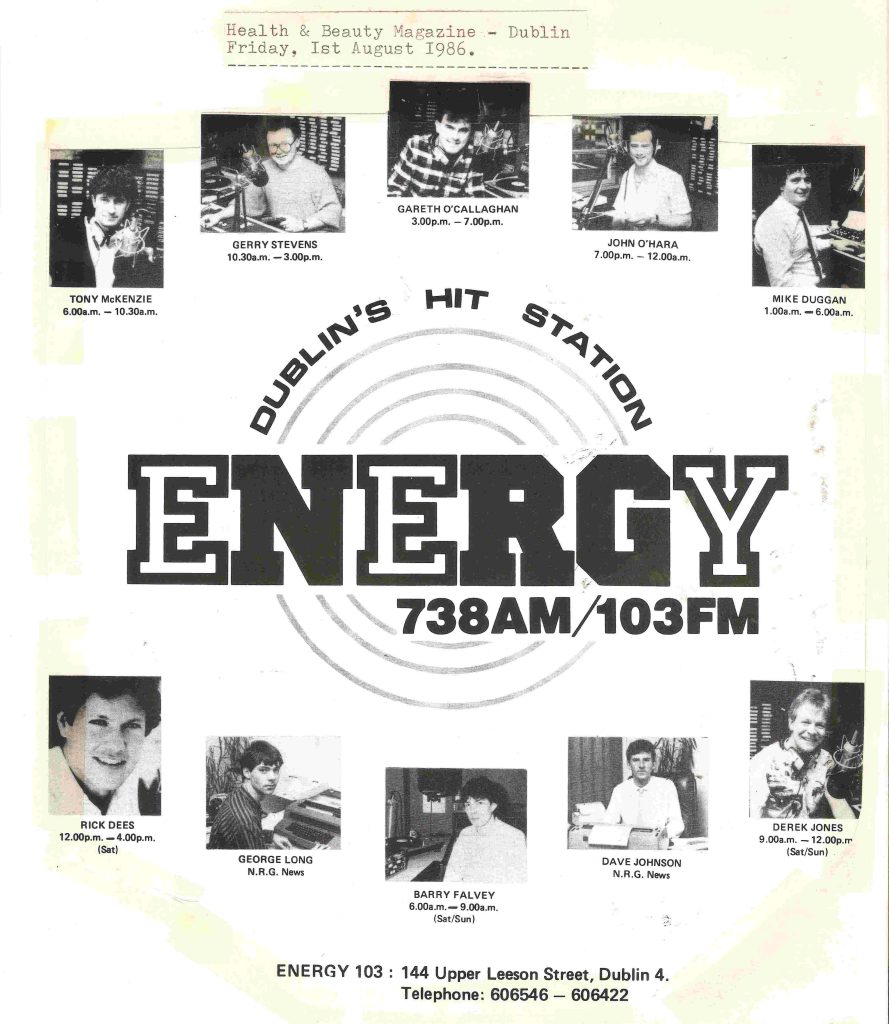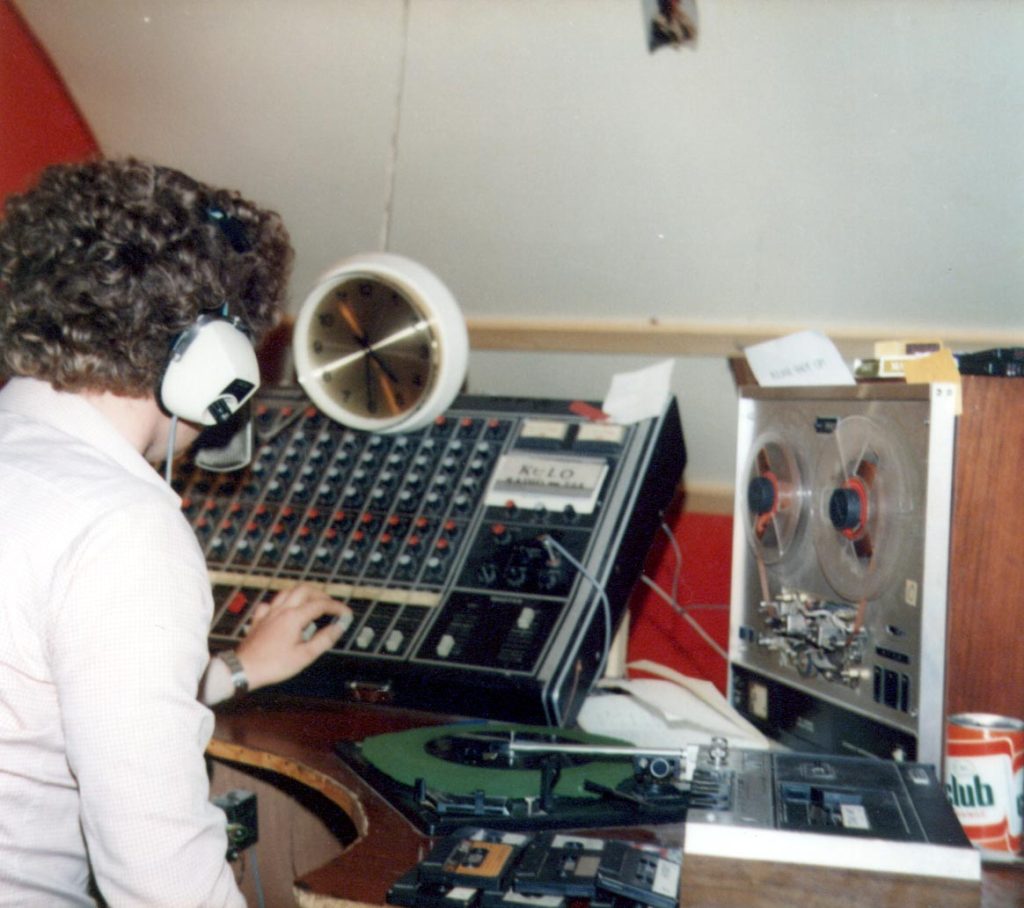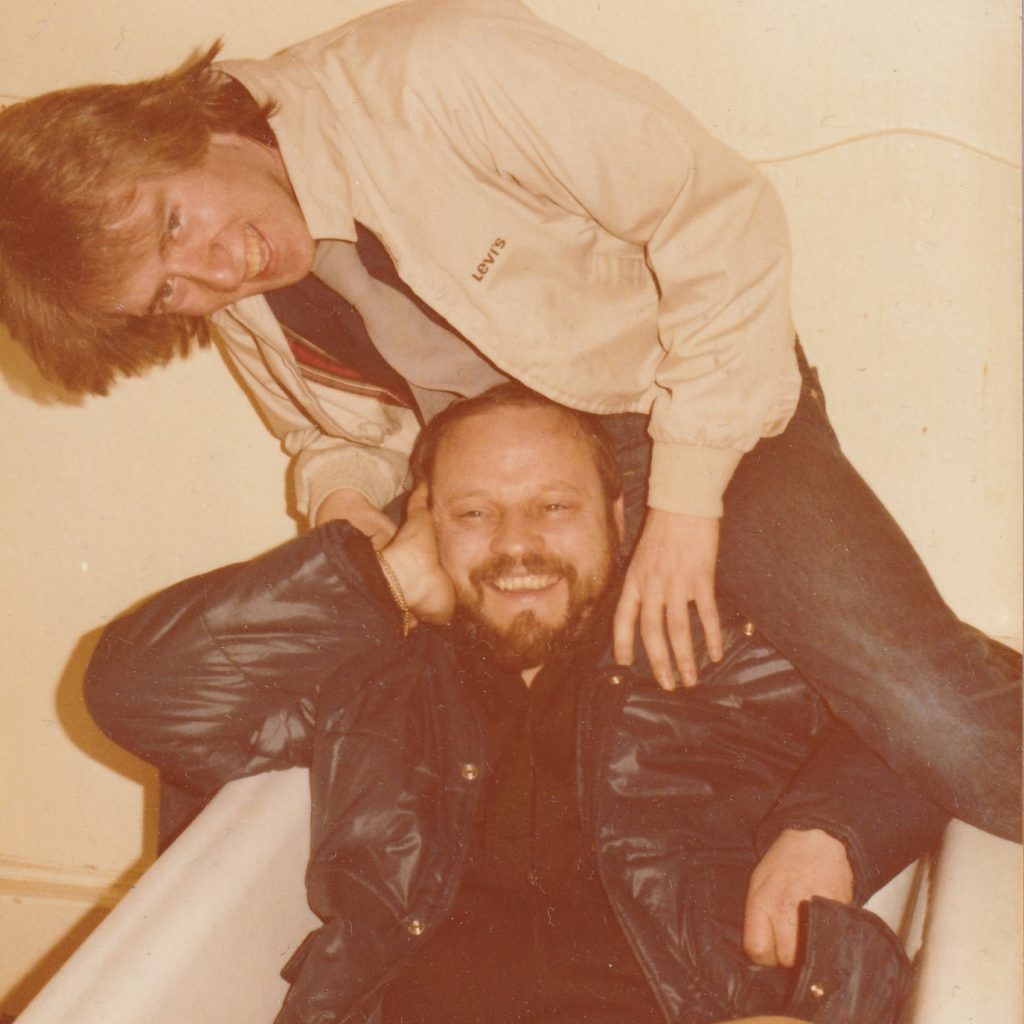Podcast: Play in new window | Download

This recording of Dublin super-pirate Radio Nova is of an overnight show presented by Lawrence John, who was involved in a range of 1980s Irish pirates including Radio Leinster, KISS AM/FM (Dublin), Q102 and KISS FM (Monaghan, where he was known as John Friday). Given the time of night, the music is laidback and talk is limited to occasional requests, including one for veteran offshore DJ Don Allen of Radio West in Mullingar. There are no adverts, although a promotion for a £10,000 cash giveaway is heard at the top of the hour.
The tape was made from 102.7 FM between 0036-0125 on Monday 9th July 1984 and is from the Anoraks Ireland Collection.





